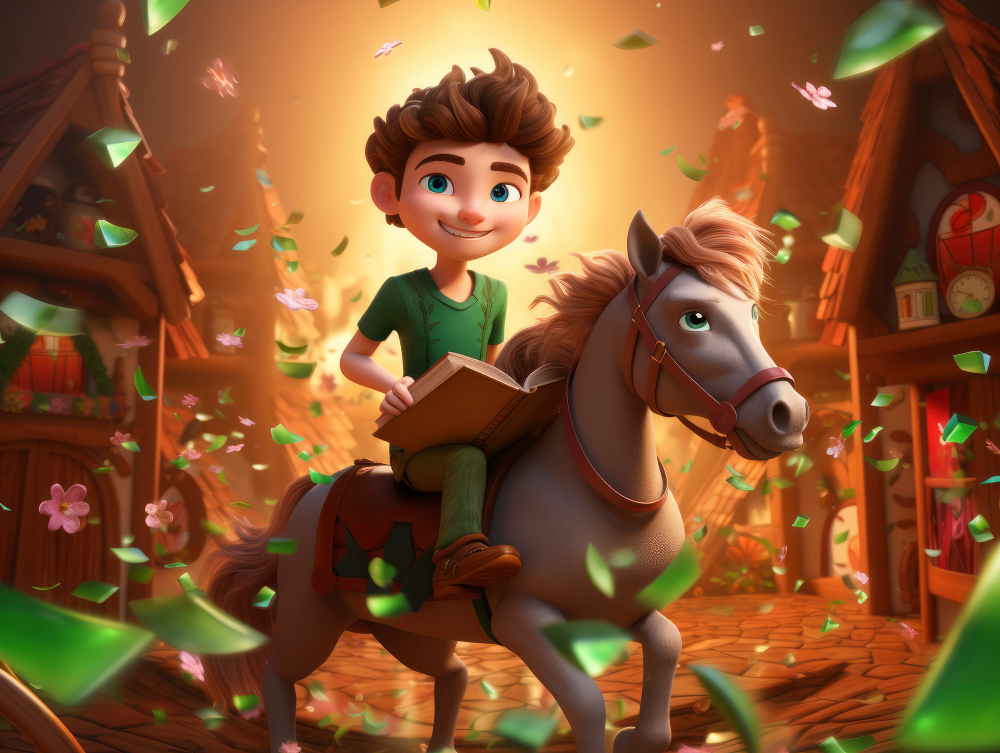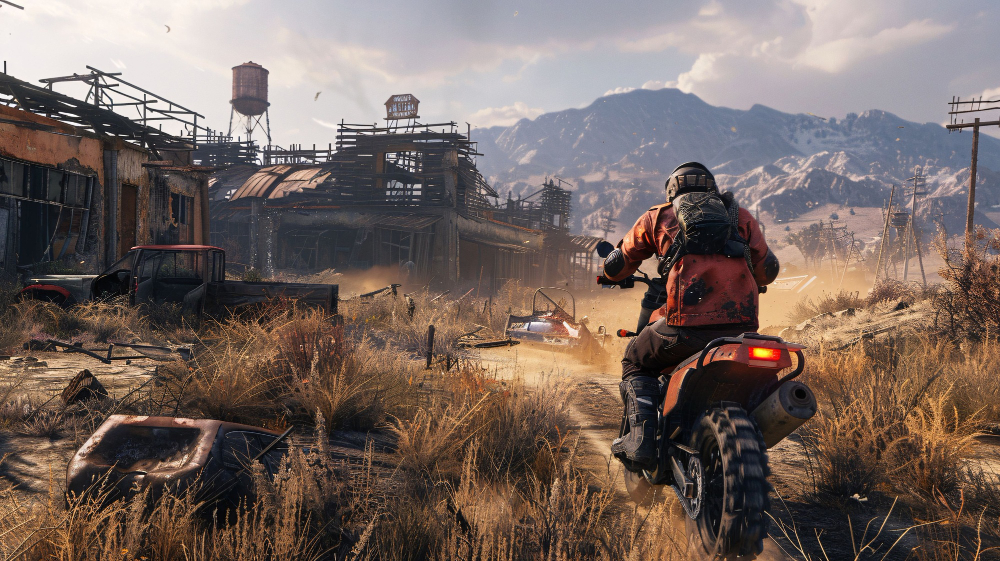A diverse array of 3D game characters is crucial for creating engaging and immersive experiences in game development. A varied collection and set of characters enhances gameplay by offering players a rich and visually appealing environment. Whether it’s a fantasy world filled with mythical beings or a sci-fi universe brimming with futuristic entities, having a broad set of characters can elevate the overall game experience. By incorporating different types of characters and styles, developers can appeal to a wider audience and enrich the storytelling in their games.
Understanding 3D Game Characters for creating a collection
3D game characters are digital entities designed for use in video games, encompassing a wide range of types and styles. These include character 3D models of both humans and creatures. Humans might range from realistic representations to stylized avatars, while creatures can vary from fantastical monsters to alien beings. Each type plays a significant role in building immersive game worlds, contributing to the narrative and interactive elements of the game. Well-designed 3d games characters can not only enhance visual appeal but also deepen the player’s connection to the game’s universe.
Popular File Formats for 3D Game Characters
FBX: The FBX format is highly versatile, supporting a range of features like animations, textures, and complex rigging. Its compatibility with various game engines makes it a popular choice for 3D game characters, enabling seamless integration and workflow across different development environments.
OBJ: OBJ is ideal for static 3D game characters and is widely supported across numerous platforms and applications. Its simplicity and broad compatibility make it a go-to format for developers needing to create detailed, static models without complex animations.
DAE: The DAE format, also known as COLLADA, is useful for collaborative projects. It facilitates the exchange of 3D data between different software tools, enhancing workflow efficiency and consistency.
Blend: Blender’s native blend format allows for easy editing and modification of 3D game characters. It integrates seamlessly with Blender’s tools, providing a robust environment for detailed modeling and animation work.
Max: The Max format, used in 3ds Max, is advantageous for professional modeling due to its advanced features and precision in handling complex 3D game characters.
Building a Diverse Collection of 3D creatures
Character Variety
To create a compelling collection of 3D game character, we find it essential to include a mix of humans and creatures. This variety ensures that your game can accommodate different gameplay scenarios and character interactions, enhancing player engagement and narrative depth.
Genre Diversity
Incorporating characters from various genres, such as sci-fi and fantasy, broadens your game’s appeal. A diverse set of characters helps attract a wider audience by catering to different tastes and preferences, enriching the overall game experience.
Textures and Readiness
High-quality textures and ensuring models are ready for use are crucial for a successful 3D game character collection. Well-textured models enhance visual fidelity and realism, while readiness ensures that characters integrate smoothly into your game without additional modifications.
Using Blender for 3D Models
Creating 3D Game Characters
With Blender, you can craft 3D game characters from scratch using its powerful modeling tools. Start by creating a basic shape using Blender’s mesh tools, then sculpt the model to add details. Utilize Blender’s modifiers and texture painting features to refine your character. Don’t forget to rig and animate your model if needed. Blender’s extensive library and collection of tutorials and documentation can help guide you through these processes and enhance your character-creation skills.

Modifying Existing Character 3d Models
To adapt character 3D models in Blender, import FBX or OBJ files through the “Import” menu. Once imported, you can use Blender’s editing tools to adjust geometry, textures, and animations. Modify existing models by adjusting vertex positions, adding new features, or refining textures. Managing these modifications with Blender’s intuitive interface allows for significant customization to meet your specific needs and integrate seamlessly into your project.
Finding and Selecting 3D Game Characters
Online Marketplaces: To find high-quality 3D models, explore various online marketplaces. Online marketplaces like 3DAiLY offer a wide list of ready-to-use 3D models of game characters, available for purchase or free download. They provide detailed previews and descriptions to help you select the right models for your project.
Community Resources: For a unique 3D game character, consider joining forums, communities, and social media groups dedicated to 3D modeling and game development. Websites like ArtStation, DeviantArt, and Reddit’s r/gamedev can be excellent resources for discovering original models and connecting with other creators. Engaging with these communities can also lead to collaborative opportunities and valuable feedback.
Conclusion
Maintaining a diverse collection of 3D game characters offers numerous benefits, including enhanced gameplay and richer storytelling. By incorporating a variety of models, developers can cater to different genres and player preferences, elevating the overall gaming experience. To expand your set list of characters further, explore 3DAiLY, which combines generative AI with artistic expertise to create a unique and versatile collection of 3D game character.



